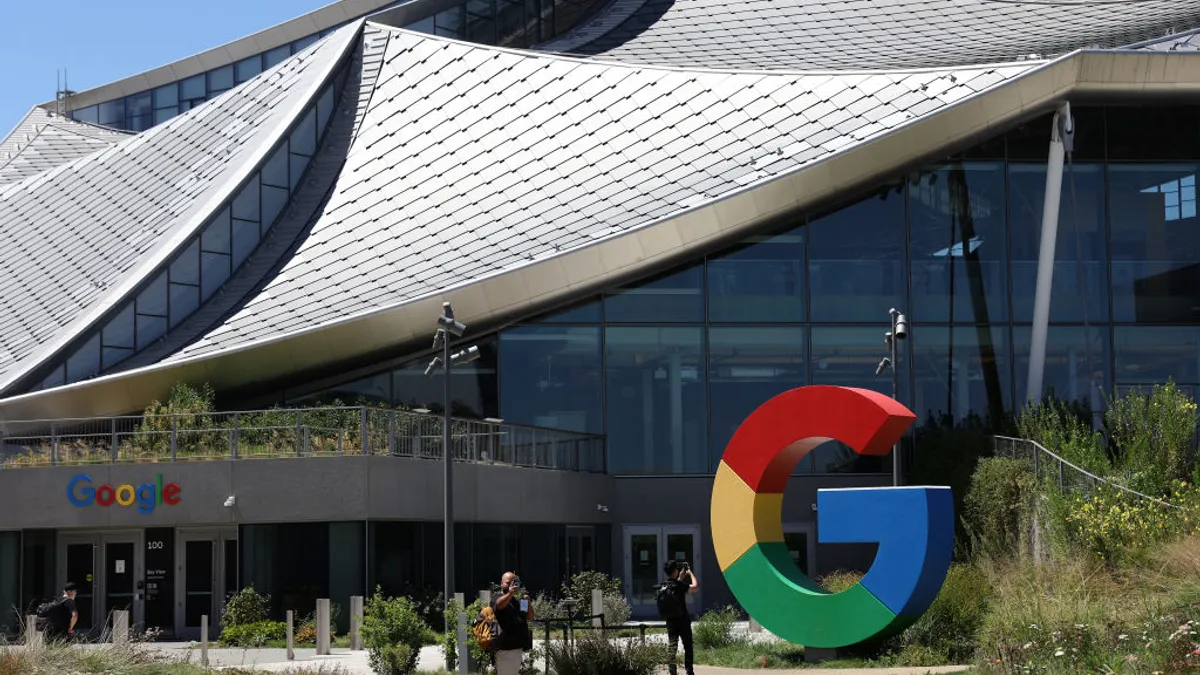Brand Loyalty Drives 25% Price Premium: UserTesting Study
A recent UserTesting survey reveals that over two-thirds of consumers in the U.S., Australia, and the United Kingdom are willing to pay an average of 25% more for their favorite brands.
According to UserTesting, positive customer experiences, consistent product quality, and long-term brand familiarity are key drivers of this increased loyalty.
“Price matters, but it’s not everything,” says Bobby Meixner, Senior Director of Industry Solutions at UserTesting. “In today’s market, customers stay loyal when brands create experiences that feel personal, reliable, and rewarding.”
Why Brand Loyalty Matters in a Challenging Economy
As businesses navigate economic uncertainty, this study highlights the importance of brand loyalty. Consumers prioritize value and experience, and are willing to pay more for brands they trust.
“During periods of financial strain, consumers are less willing to take chances. They’re focused on value and experience — and they’re willing to spend more if they trust a brand to consistently deliver on its promise,” Meixner explains.
The UserTesting survey, conducted with support from Talker Research, included 4,000 participants across the U.S., Australia, and the United Kingdom (2,000 in the U.S.).
Four out of five U.S. consumers reported loyalty to at least one brand, with the average person remaining loyal to six. Top categories include grocery and food, clothing, footwear, phones, and electronics.
Nearly three-quarters of U.S. consumers indicated they would continue purchasing their favorite brands even if prices increased significantly. Gaming, jewelry and watches, and fitness brands commanded the highest potential price premiums.
However, the study also reveals that American consumers have their limits. They may consider switching brands if a competitor offers a superior product or if their preferred brand fails to deliver value.
Nostalgia also plays a role in brand loyalty, with 71% of U.S. consumers stating they are more likely to buy from brands associated with childhood memories.
While nostalgia can be a powerful tool, the study emphasizes that the everyday experience is paramount.
UserTesting concludes: “For brands looking to build long-term customer relationships, the lesson is simple: invest in customer experience, maintain consistent quality, and engage authentically with your audience. Those that do will create customers for life.”







